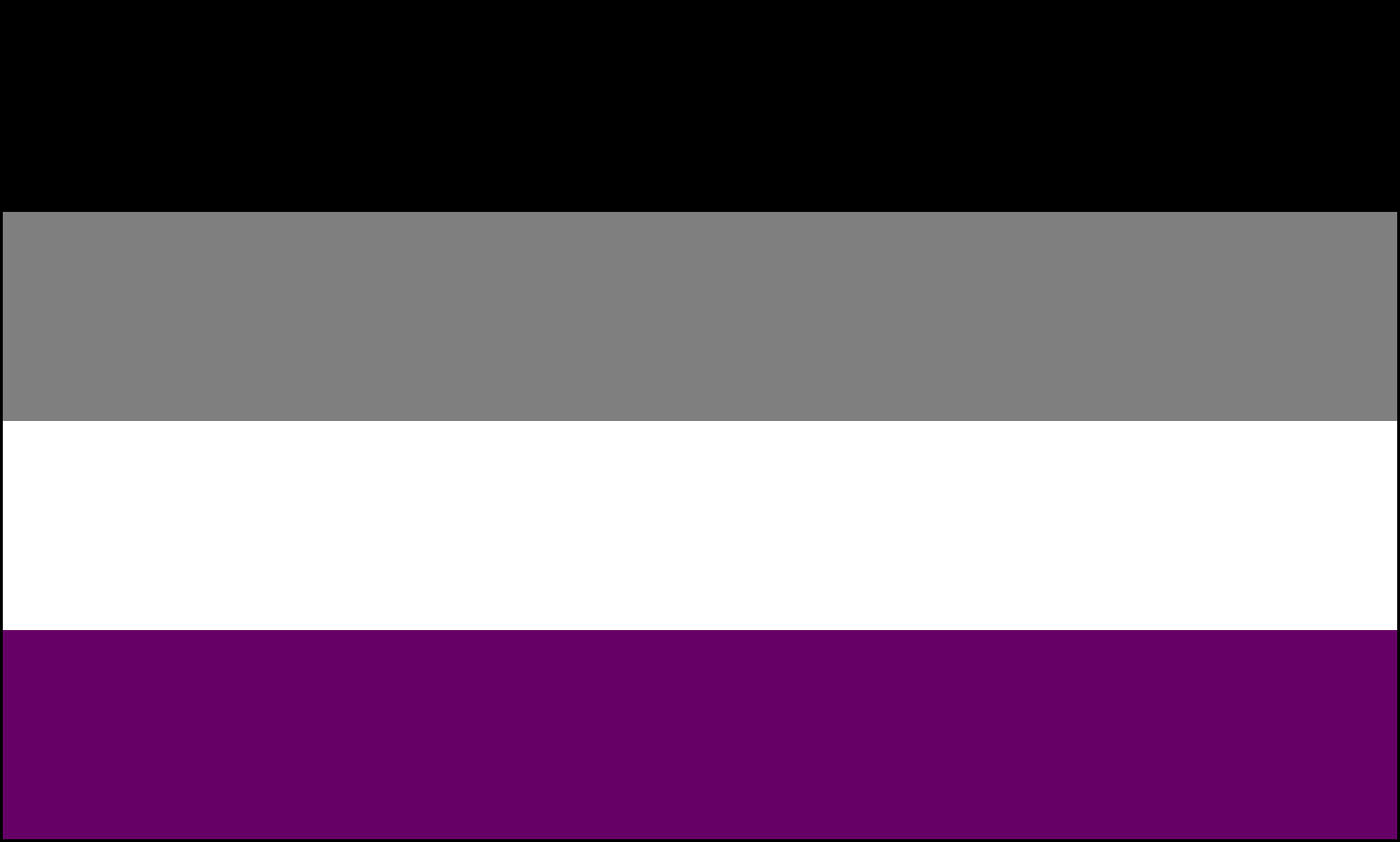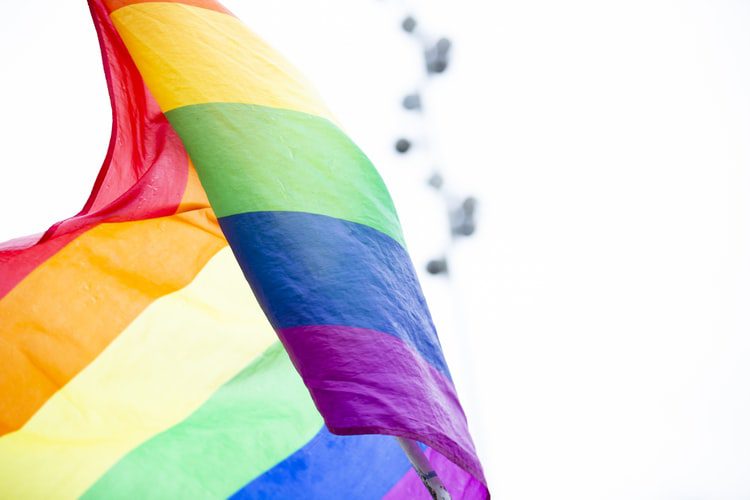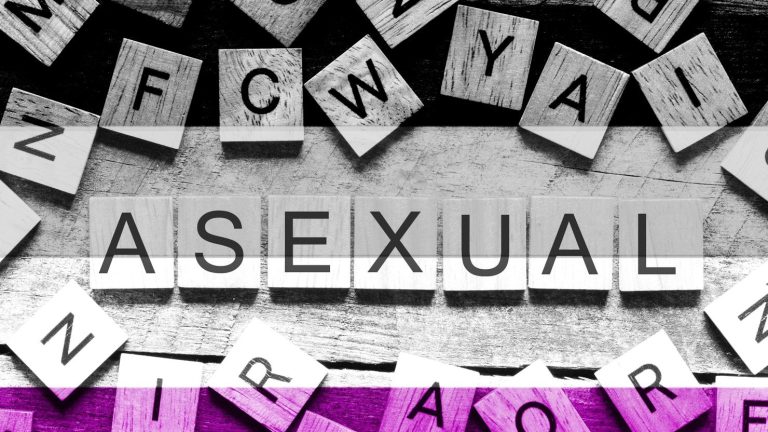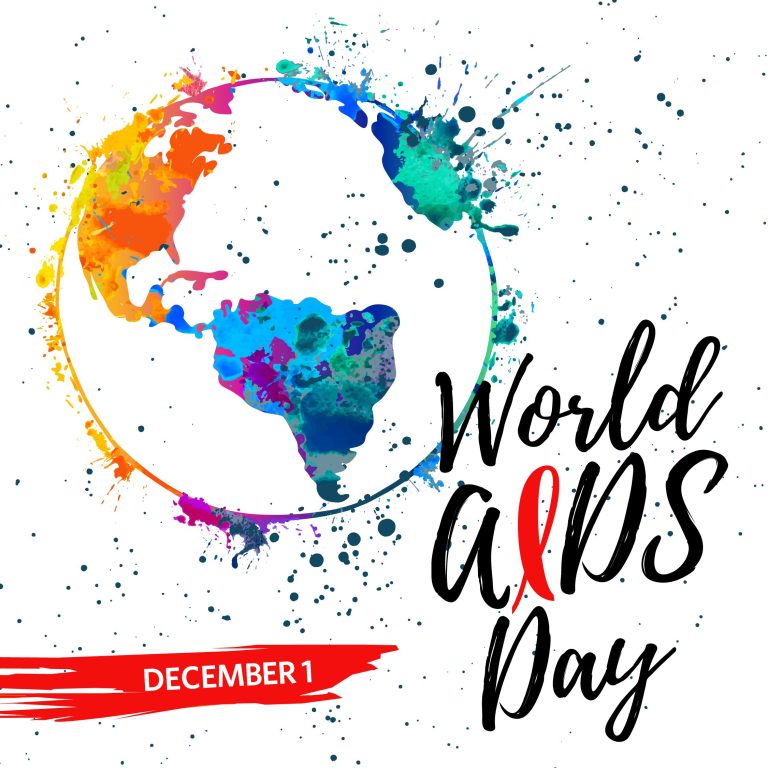Asexuality – the Invisible Orientation
Asexuality is a sexual orientation defined as ‘a persistent lack of sexual attraction or desire to engage in sexual activity with others’. In a sense it can be considered a lack of sexual orientation though the reality of it may not be as clear cut. It is estimated that around 1% of the general population are asexual, with it being more common among women than men. Research has given a few possible reasons for this, including that women’s sexuality tends to be more flexible.
There are different degrees and types of asexuality, such that it’s sometimes seen as a spectrum in itself, ranging from completely asexual, to allosexual (non-asexual). Someone who finds themselves between asexual and allosexual may identify as grey-asexual or grey-A, which includes experiences such as sexual attraction being rare, or not strong enough to want to act on it, or enjoying or desiring sex only under very limited and specific circumstances. Another orientation considered part of the asexual umbrella is ‘demisexual’ which describes an individual who experiences sexual attraction only when a strong emotional bond has been established towards another.
This variation comes from the fact that one’s sexual orientation and one’s romantic orientation are not necessarily aligned. Someone may experience neither sexual or romantic attraction and thus would be both asexual and aromantic. Another may experience romantic attraction only, being asexual but homo-, hetero-, or bi-romantic.
Matthew Bartolo is a counsellor specialising in Sex & Relationships. He offers counselling to both individuals and couples, and runs the sex education services within Willingness. He can be contacted on matthew@willingness.com.mt or call us on 79291817.






